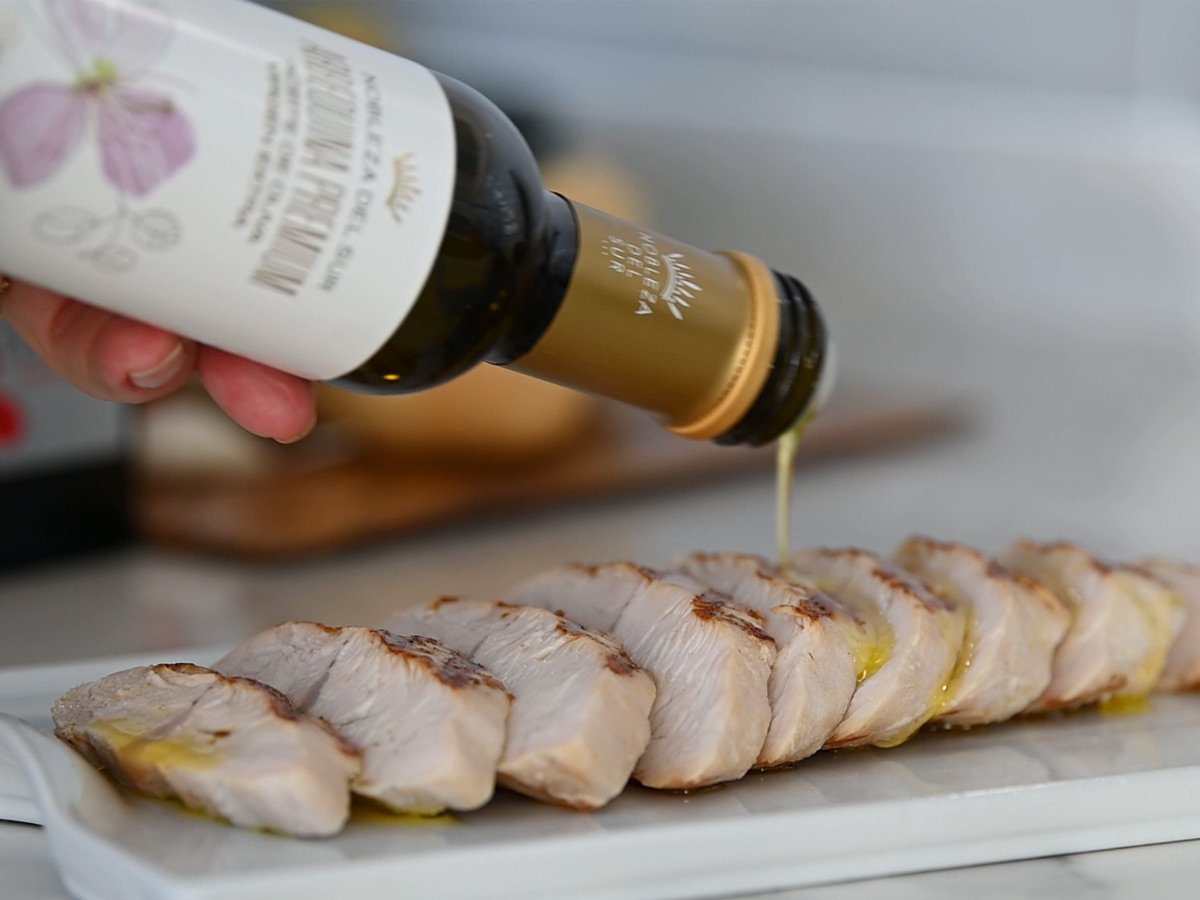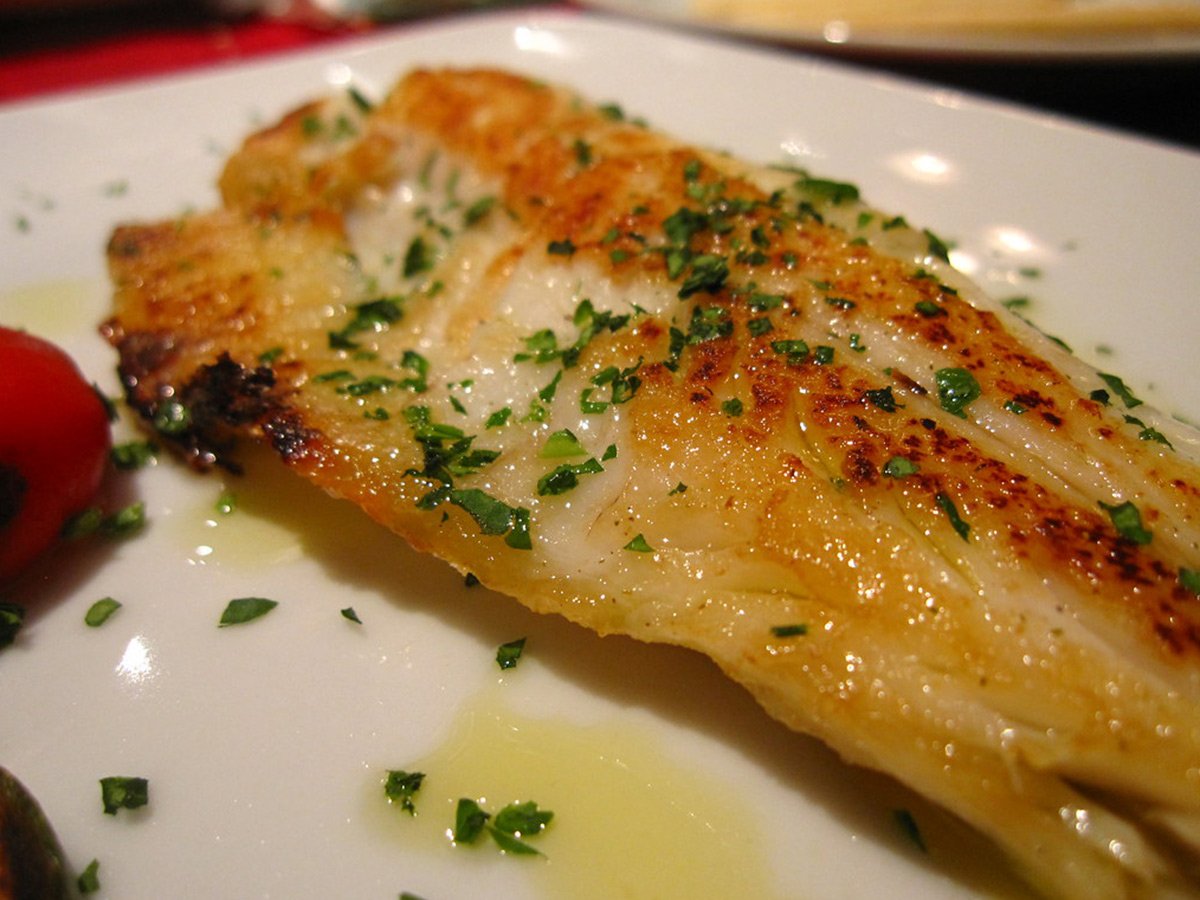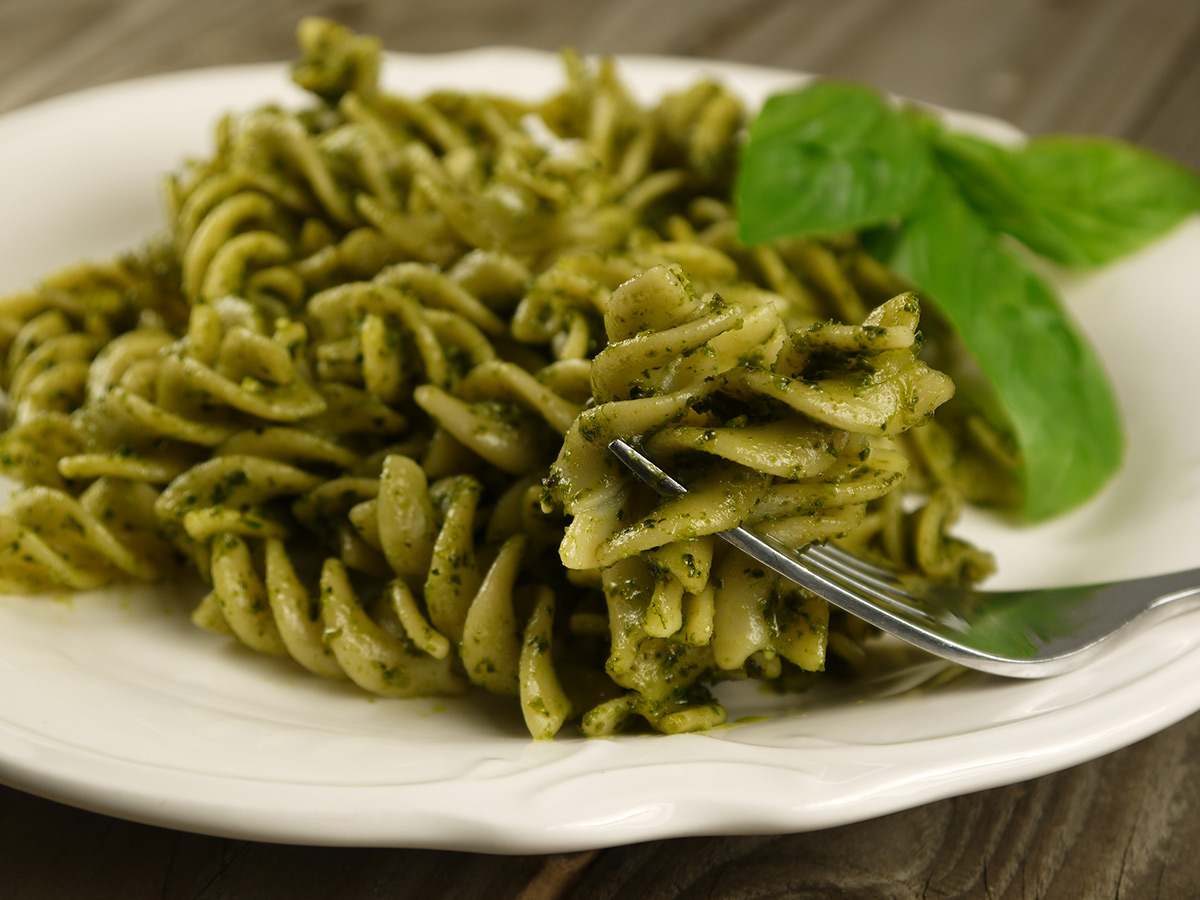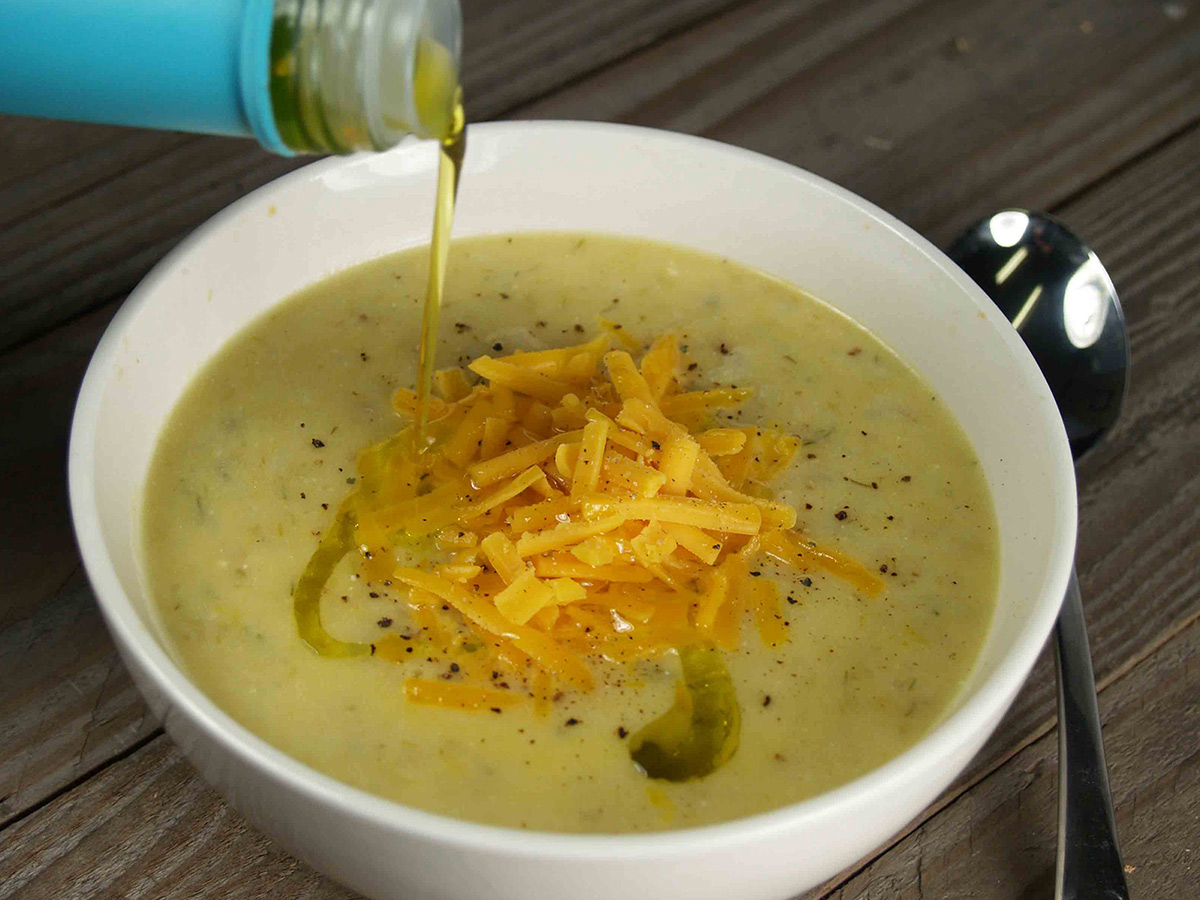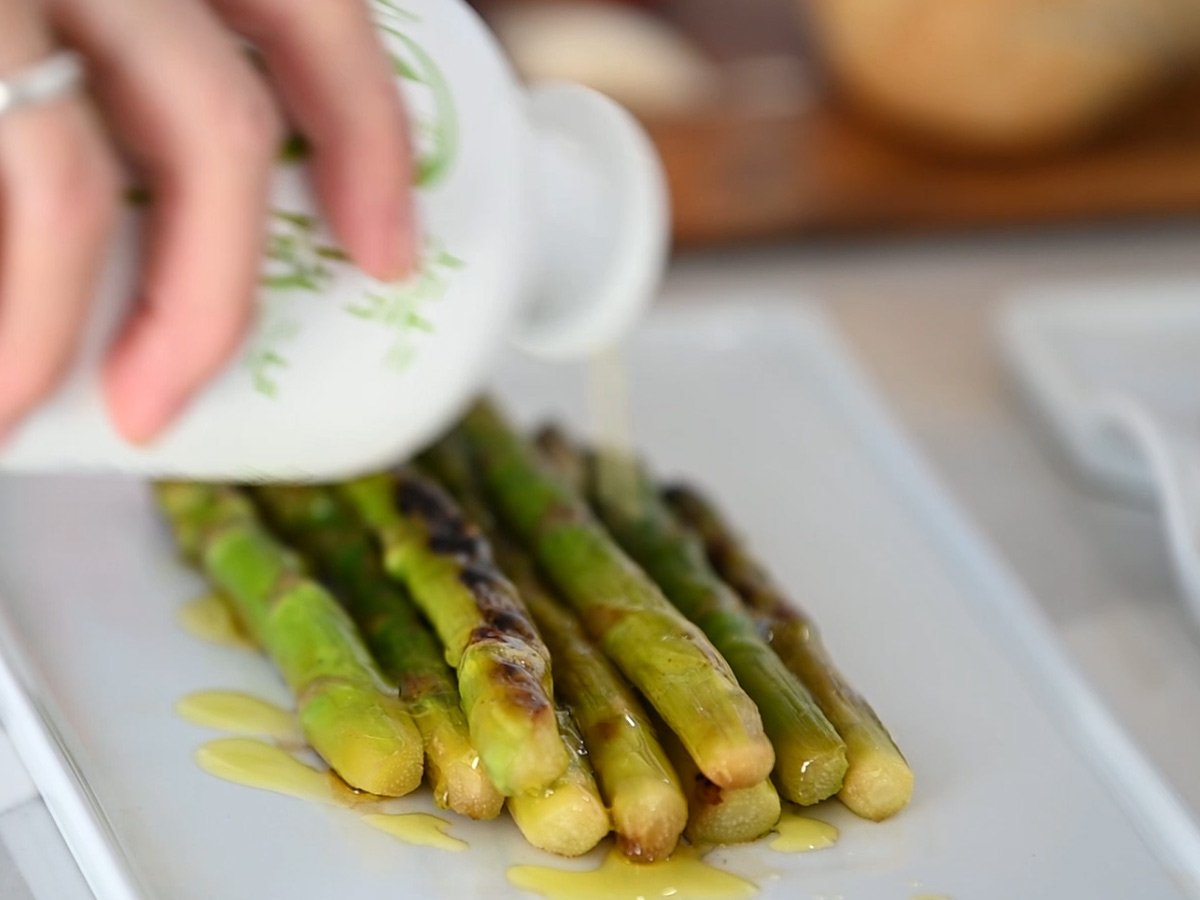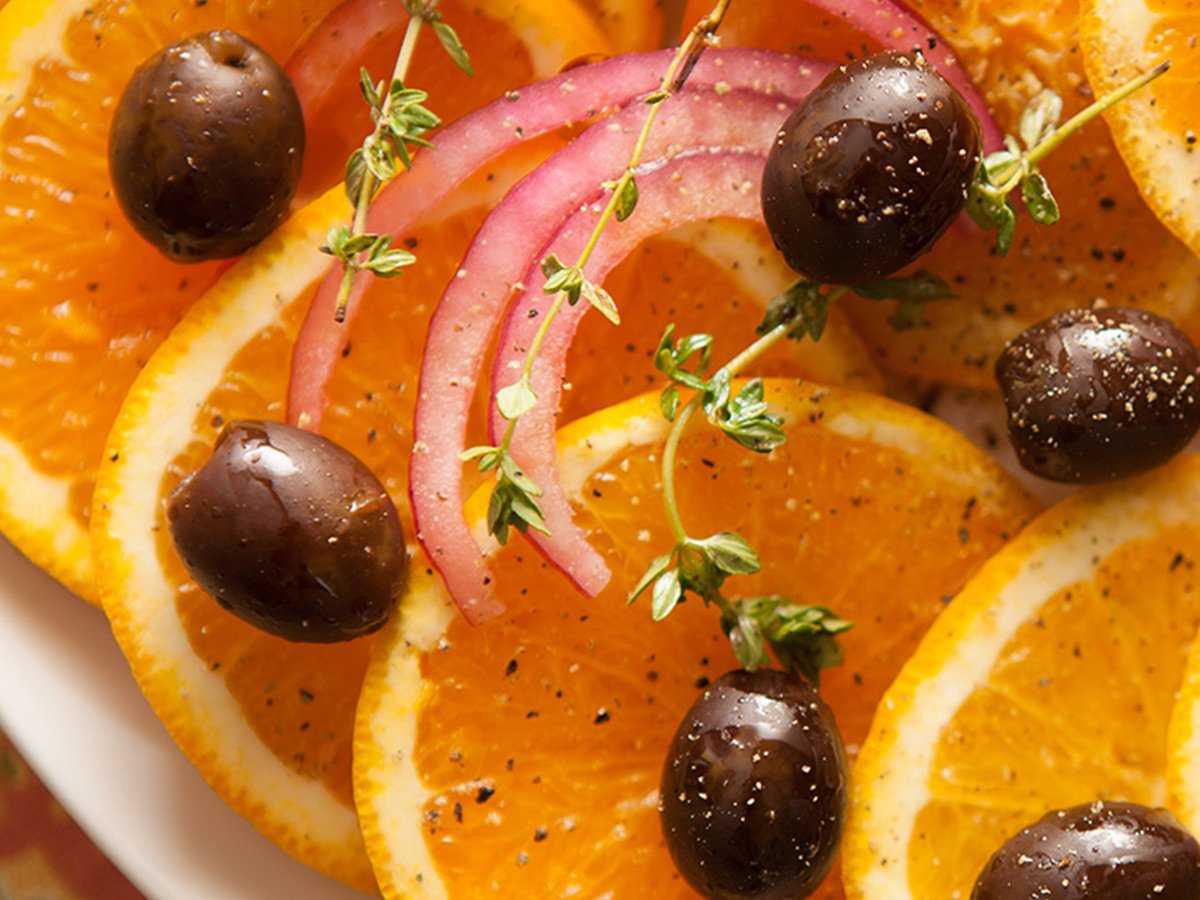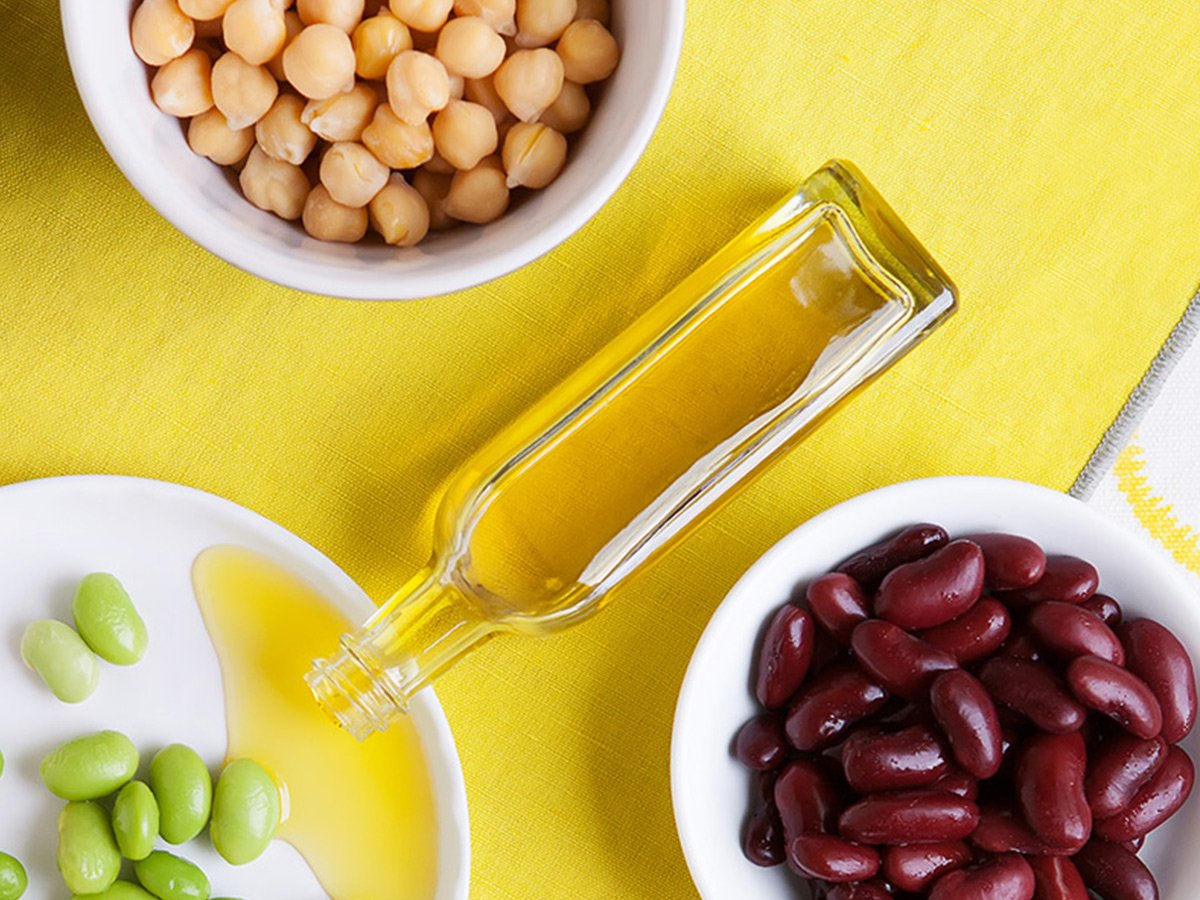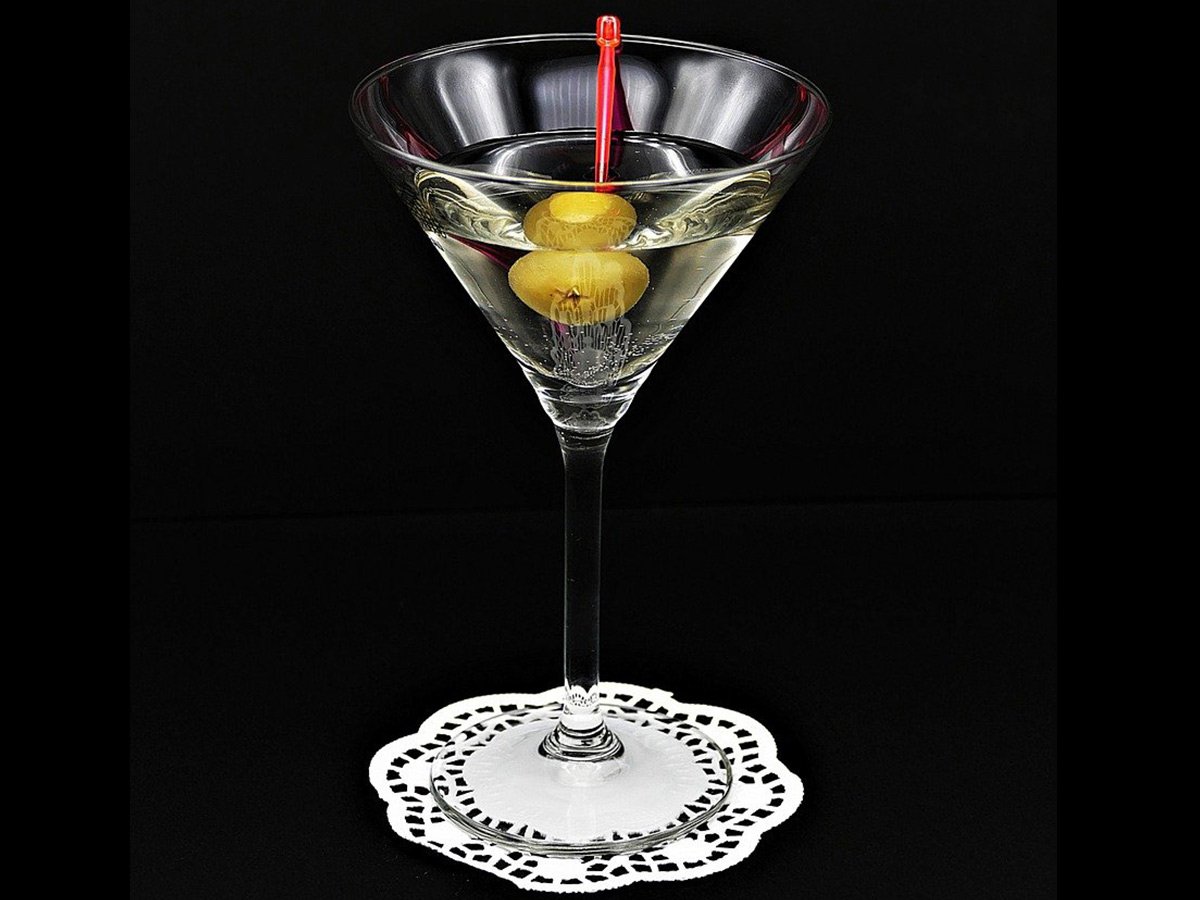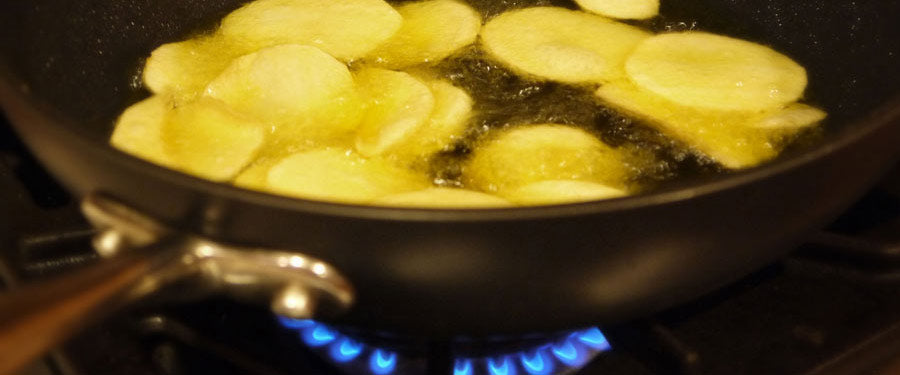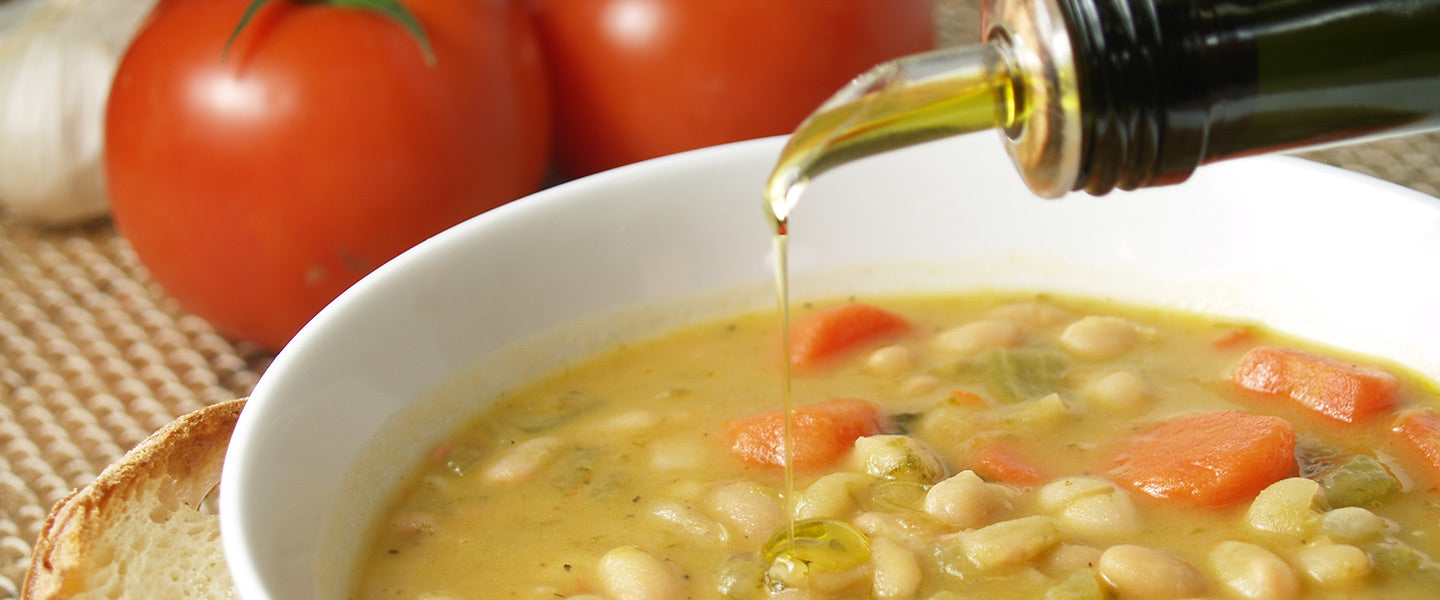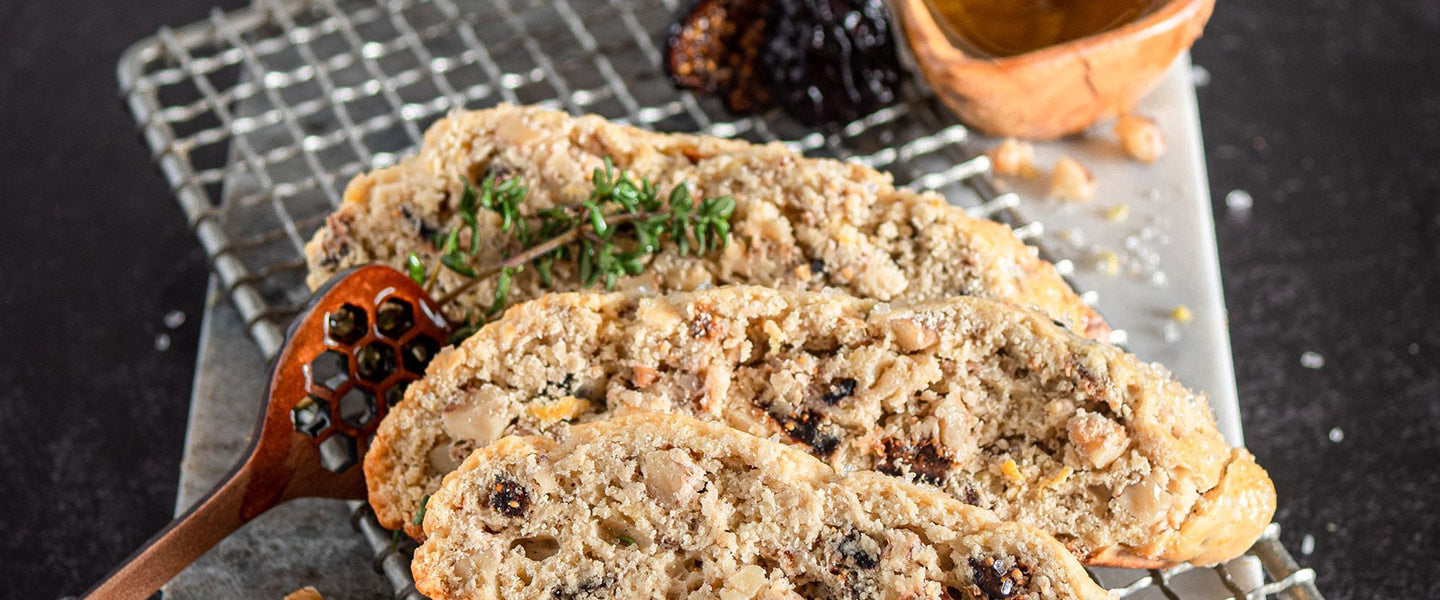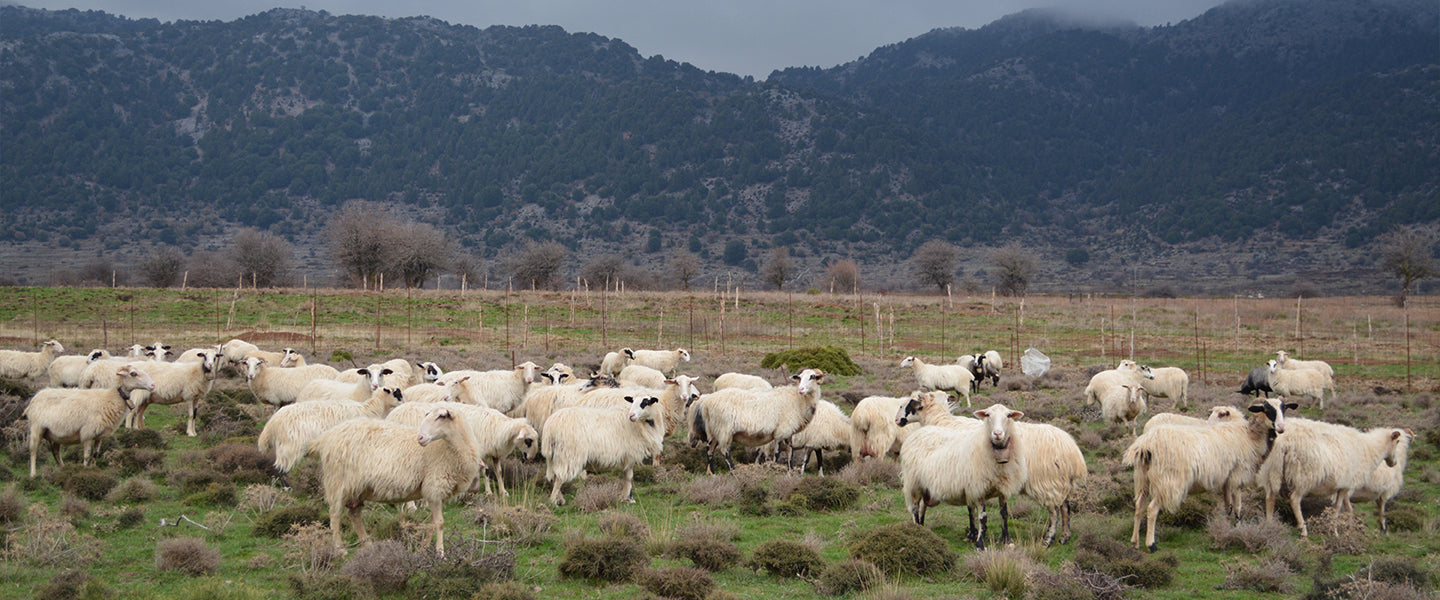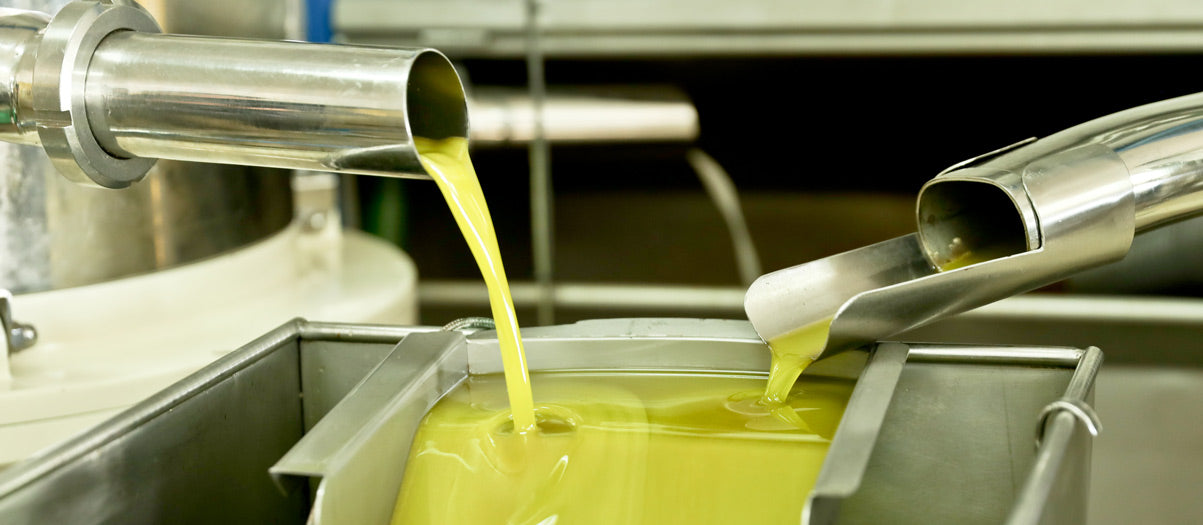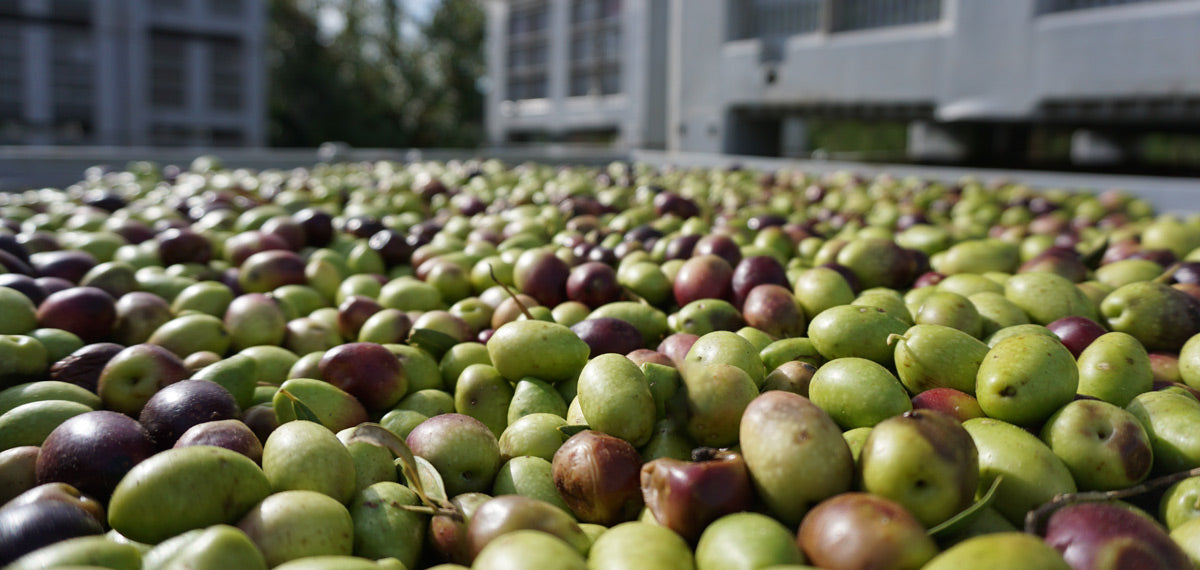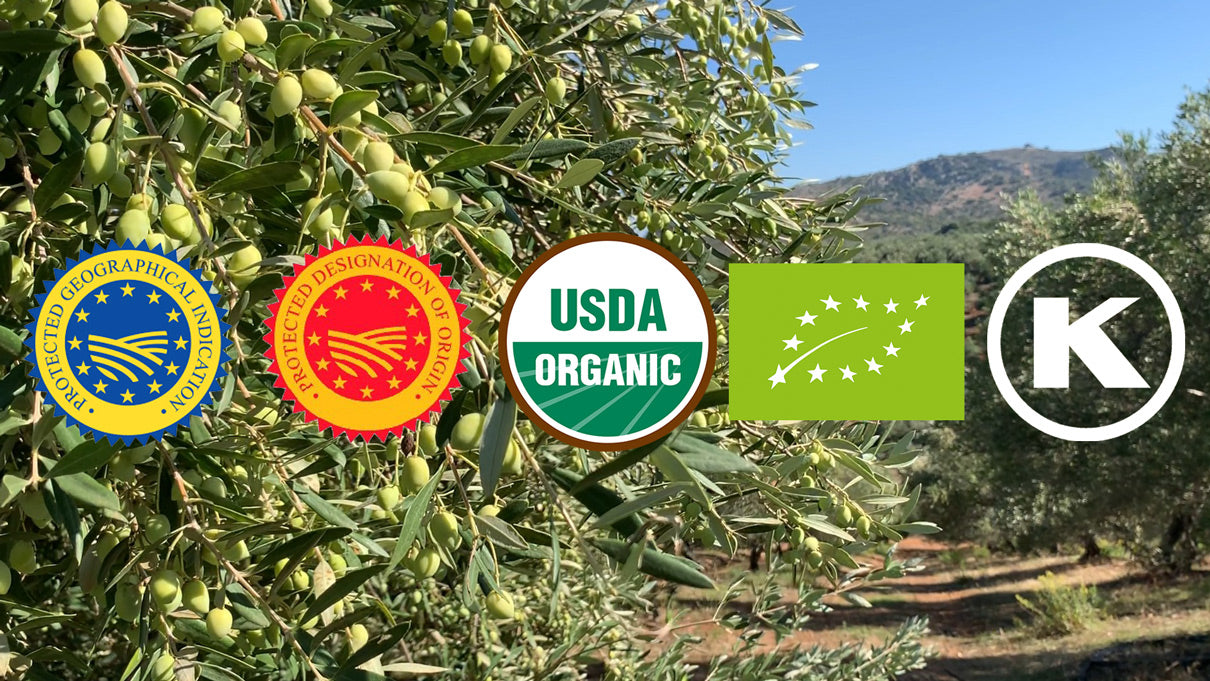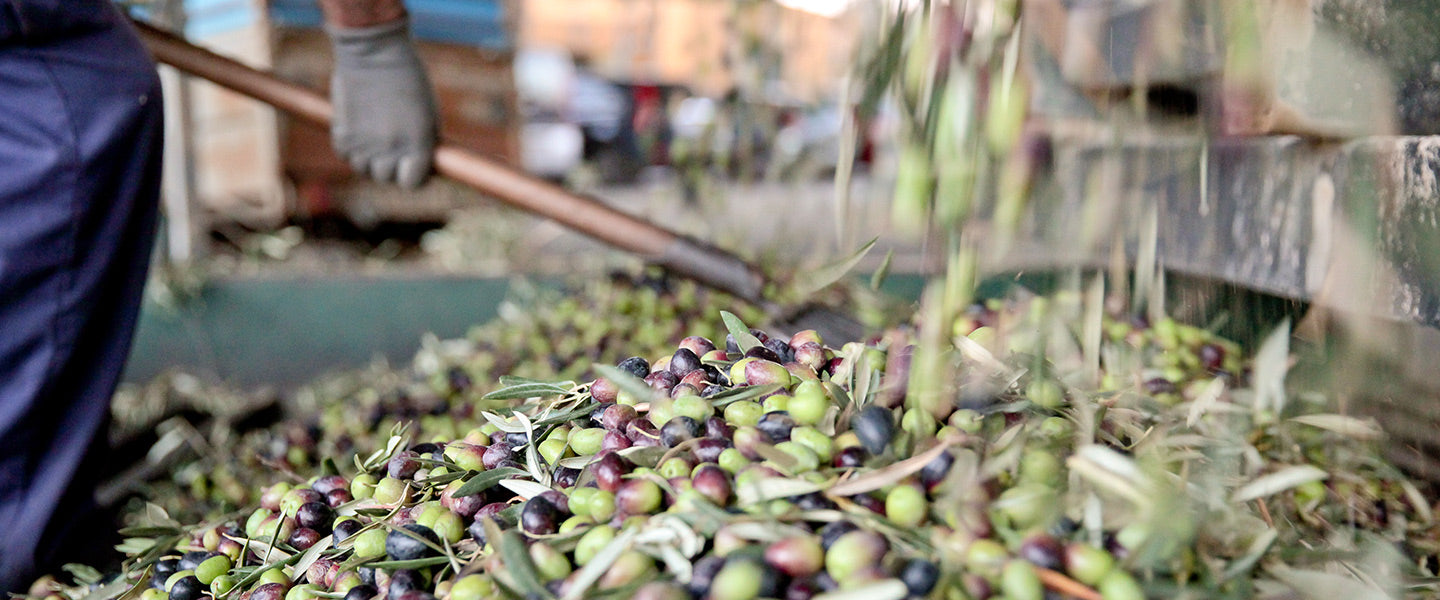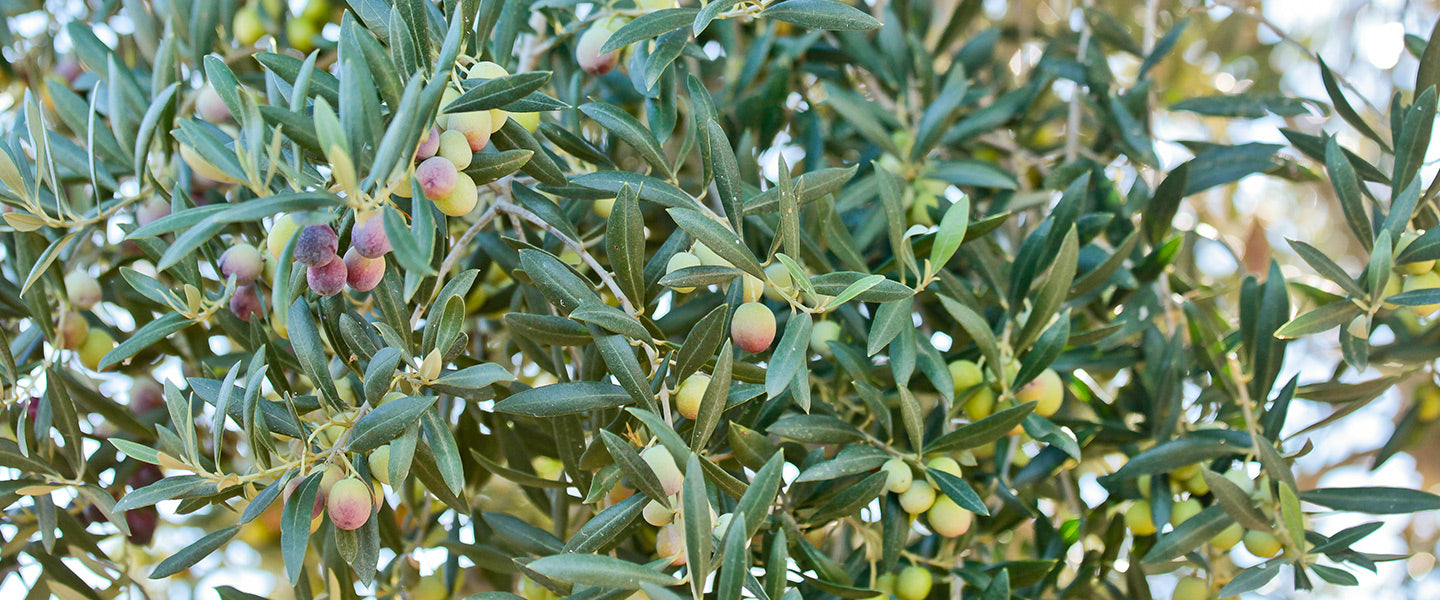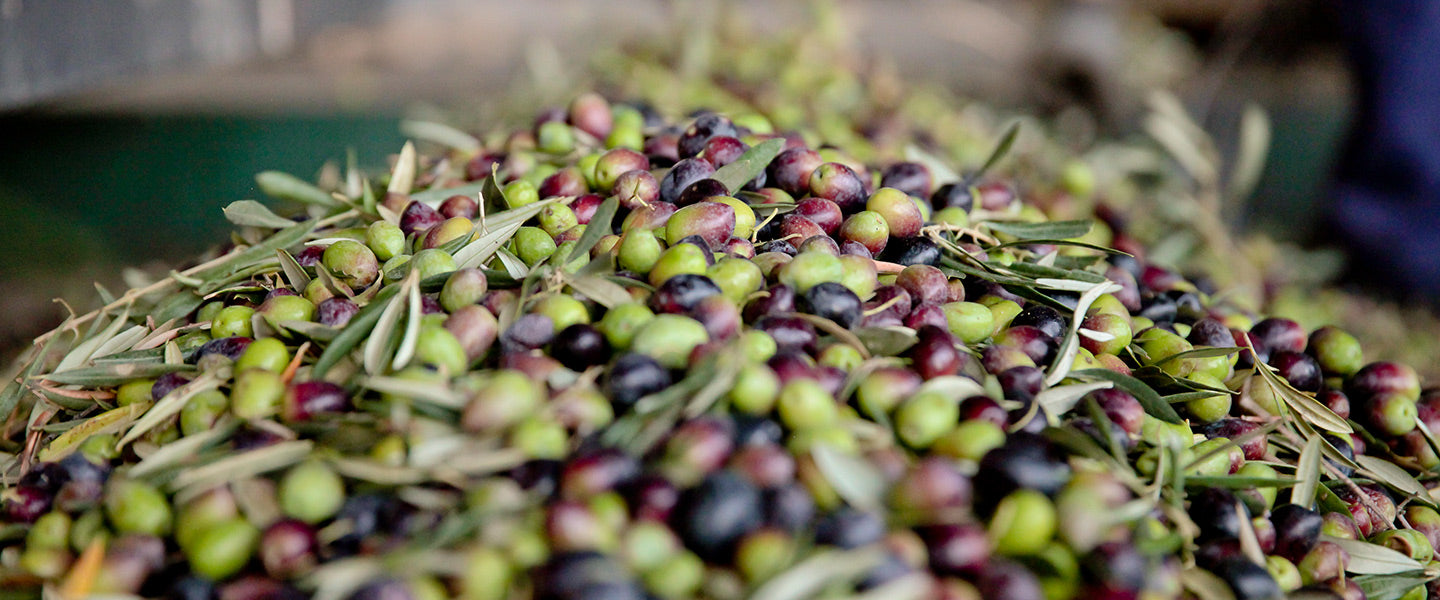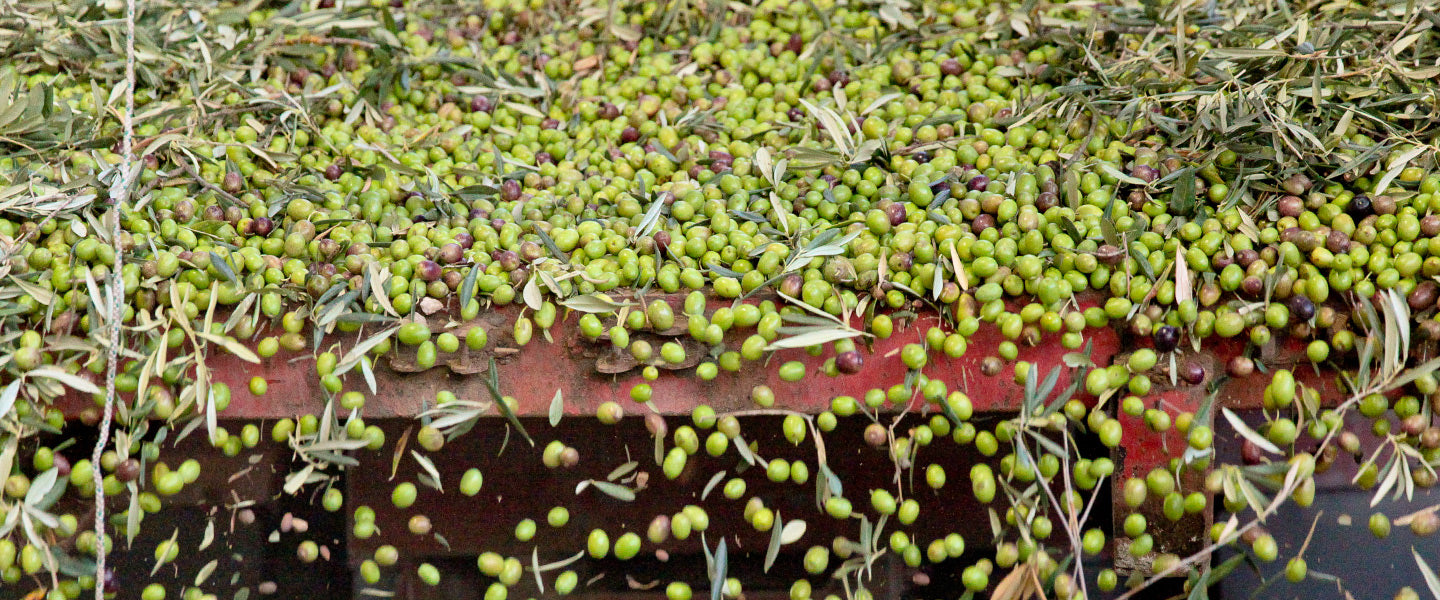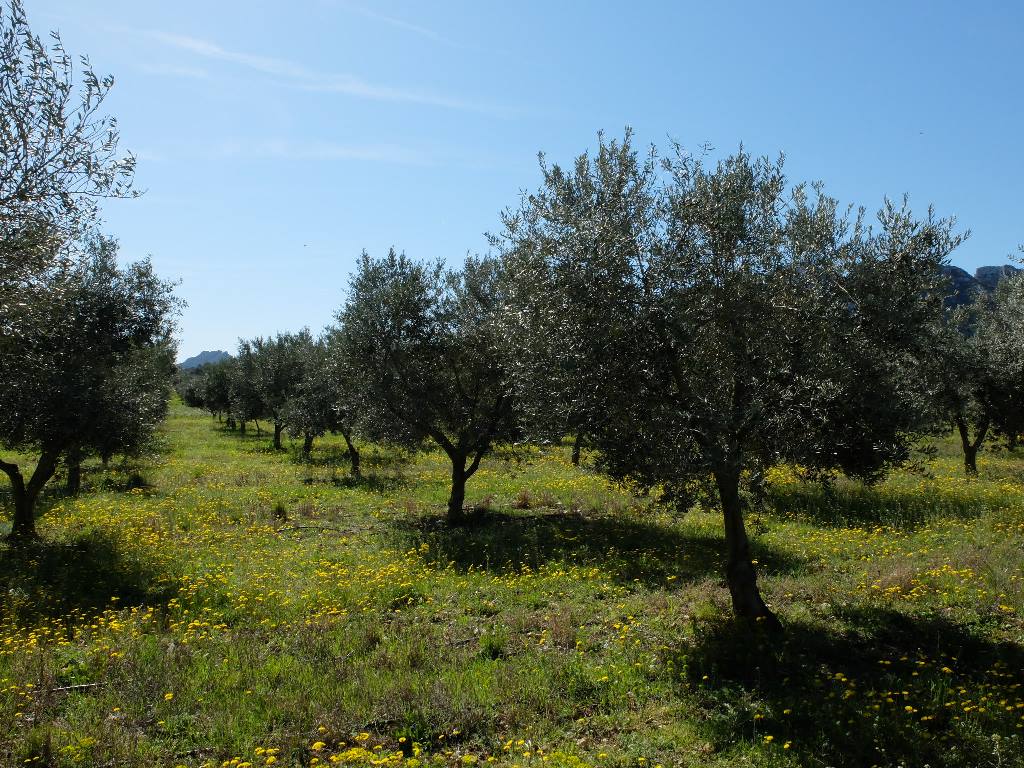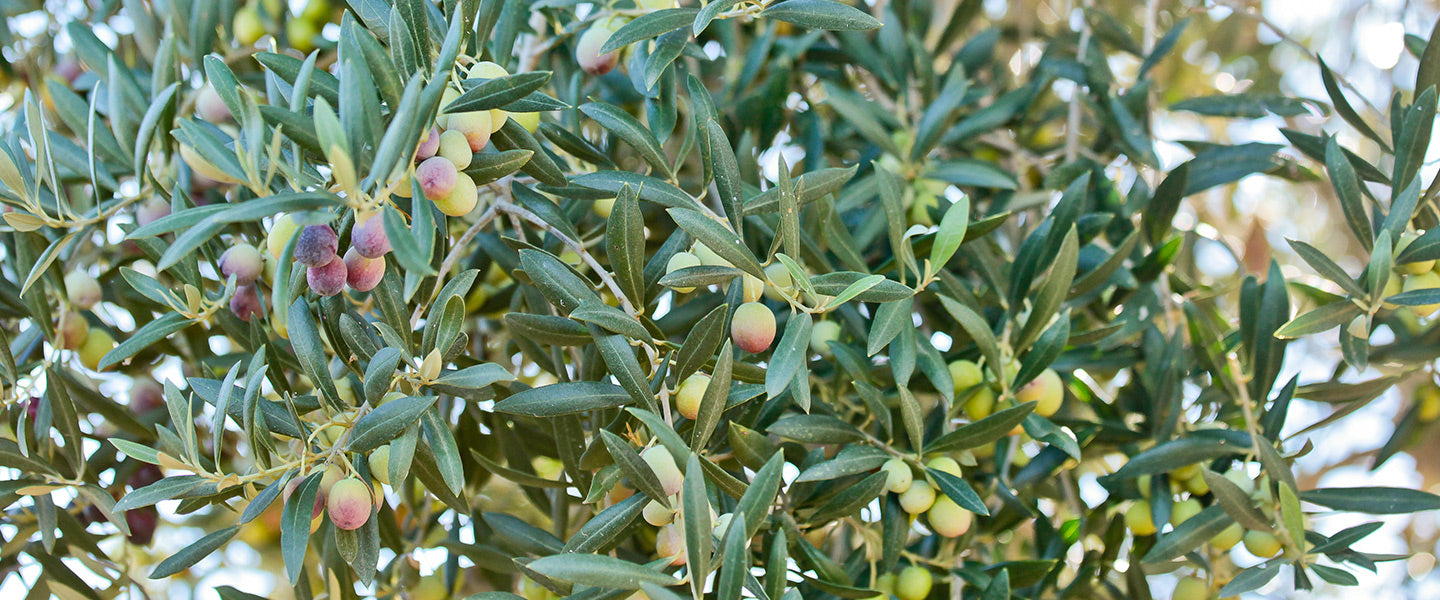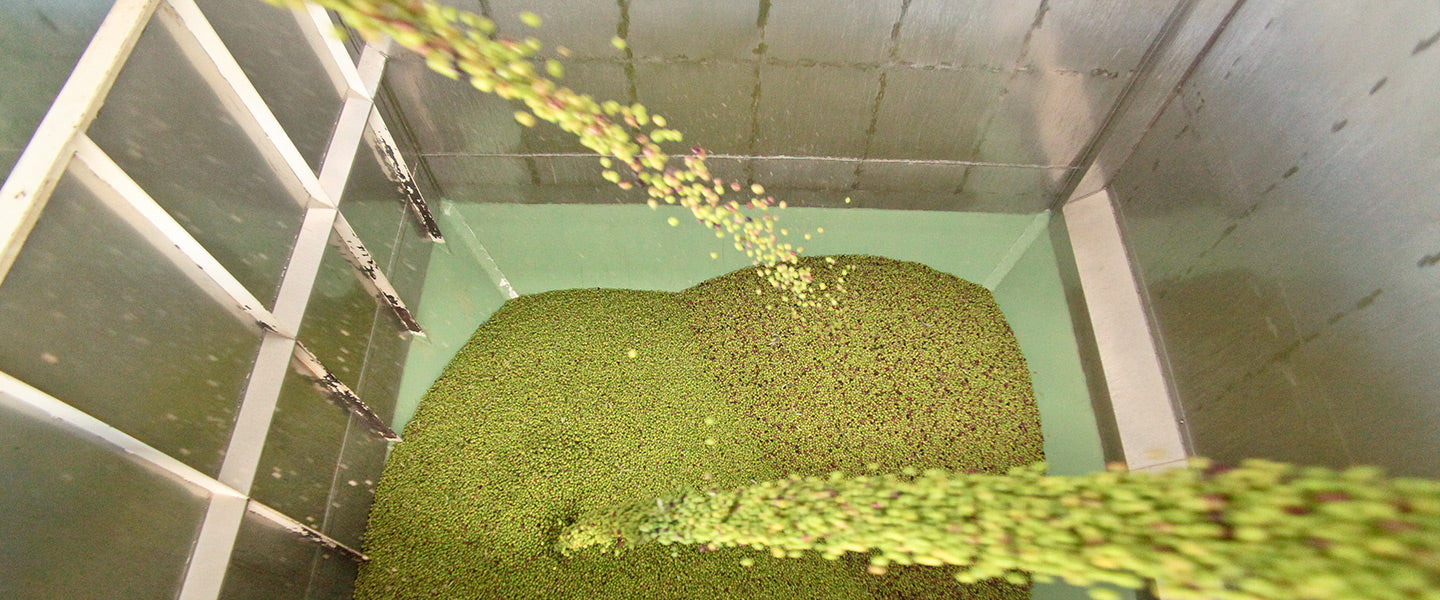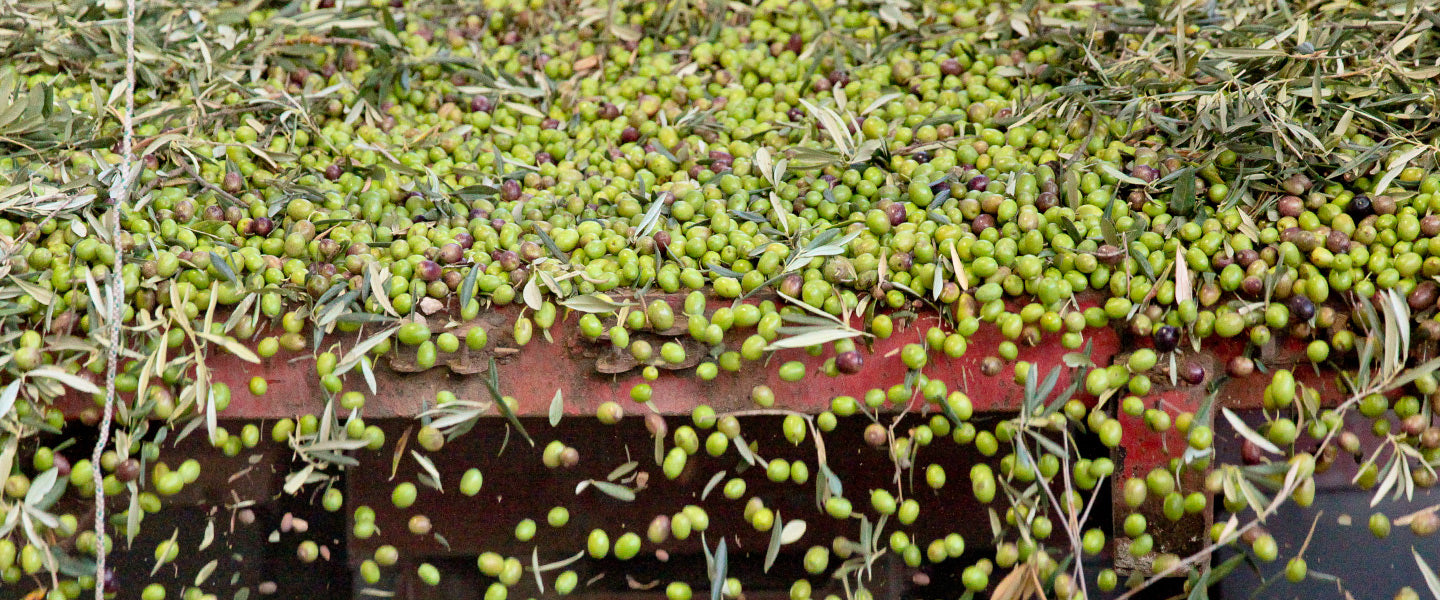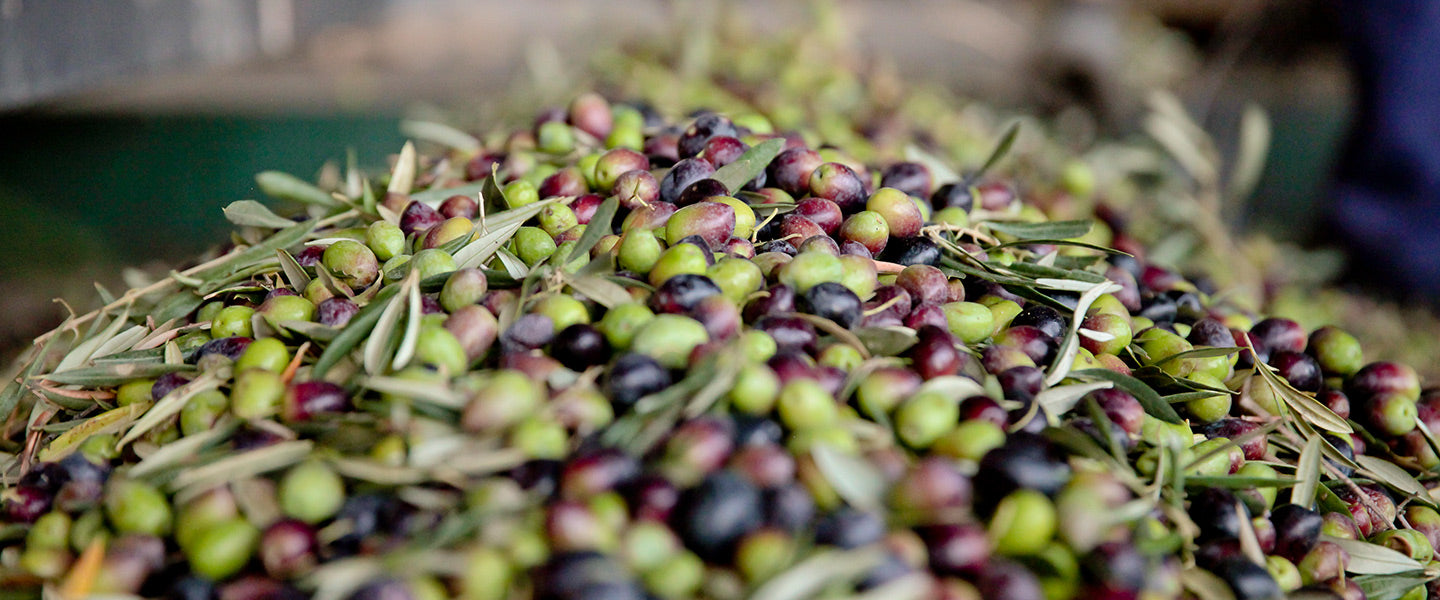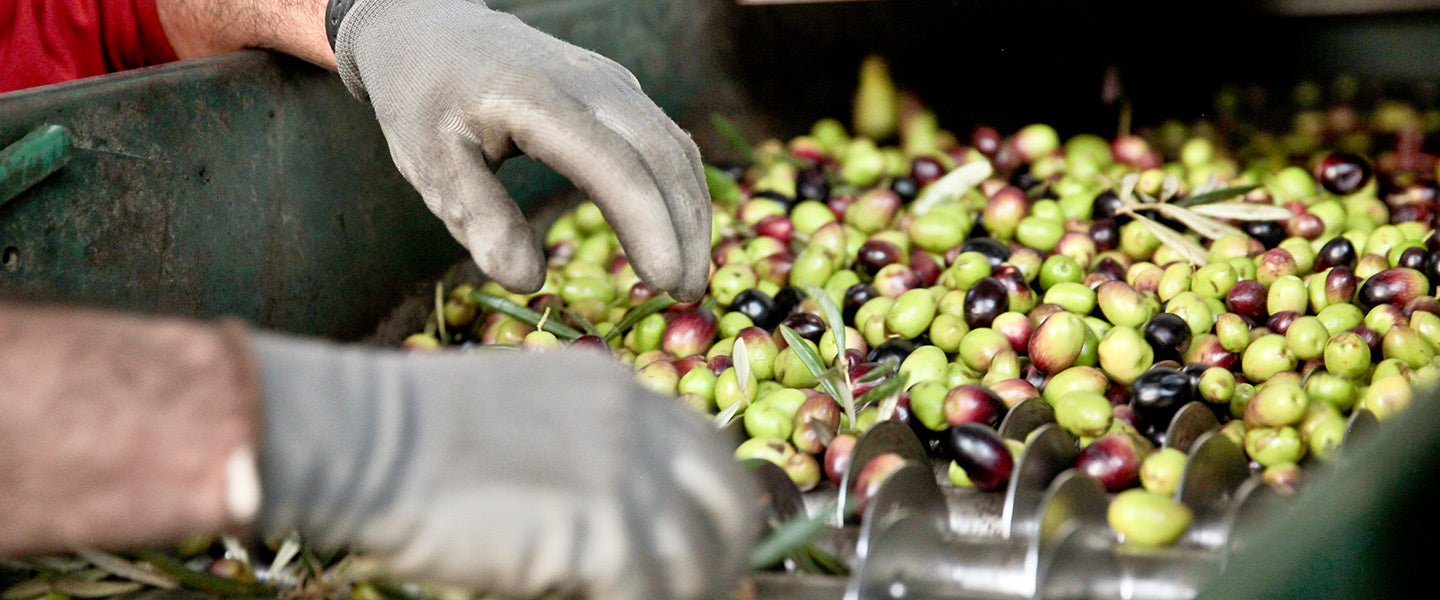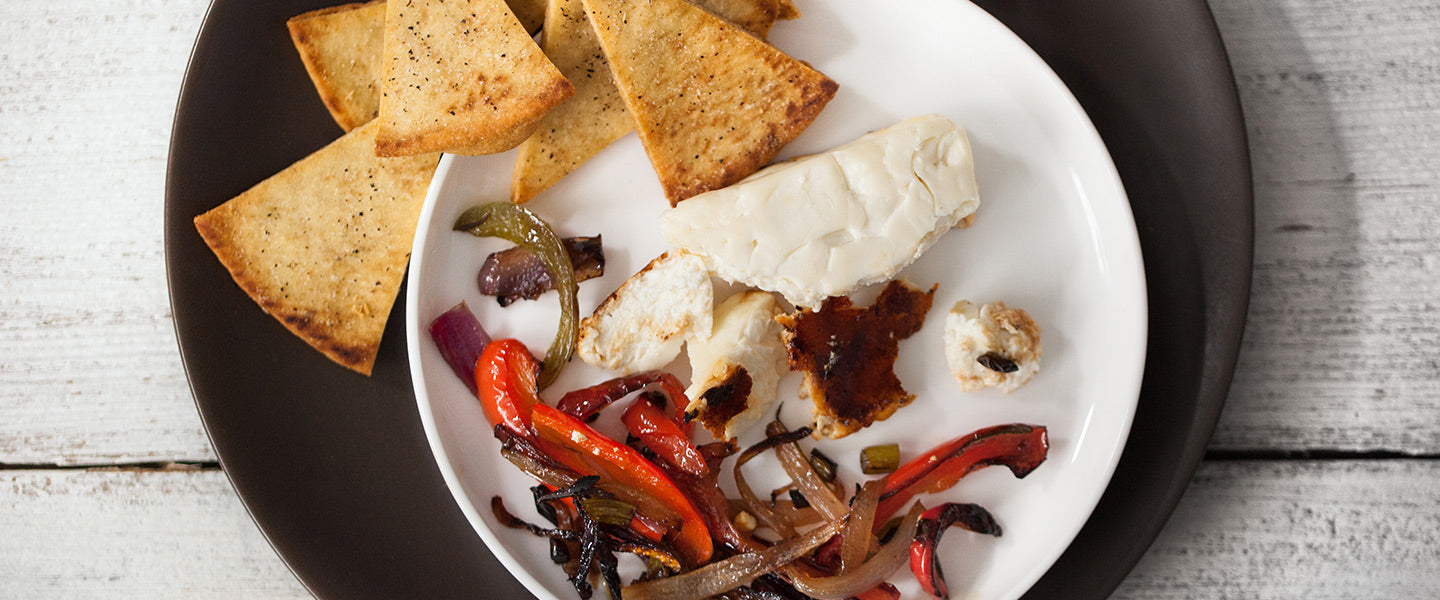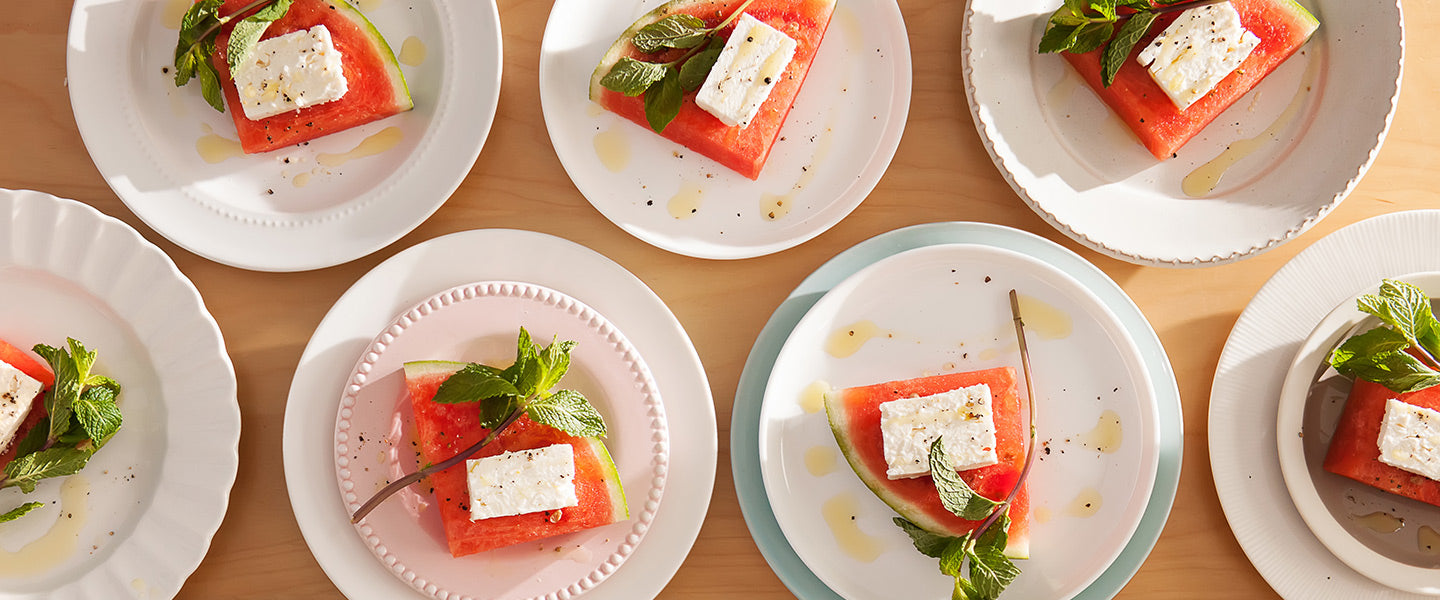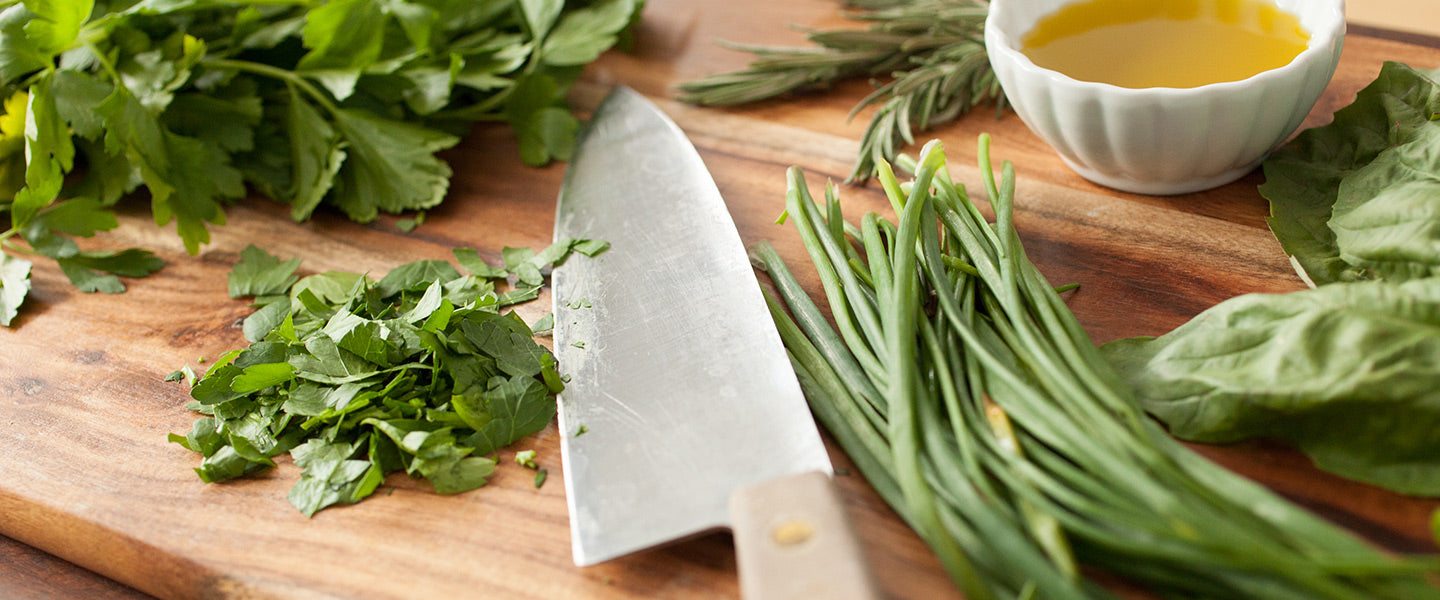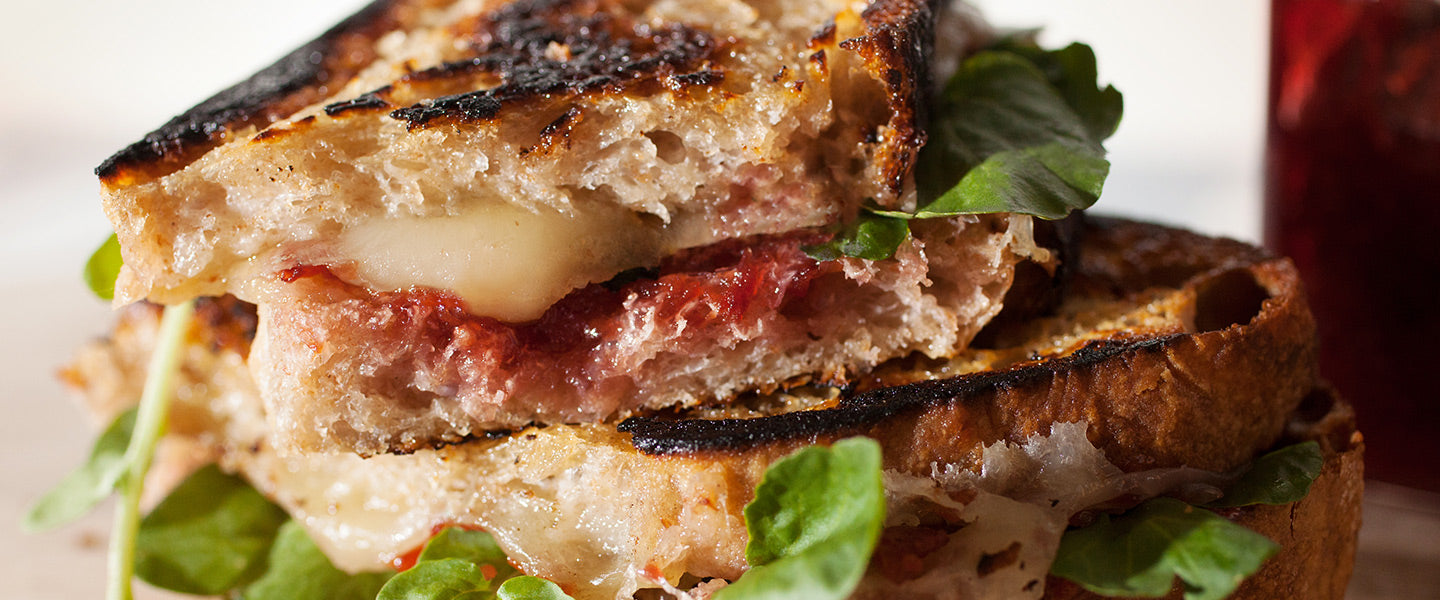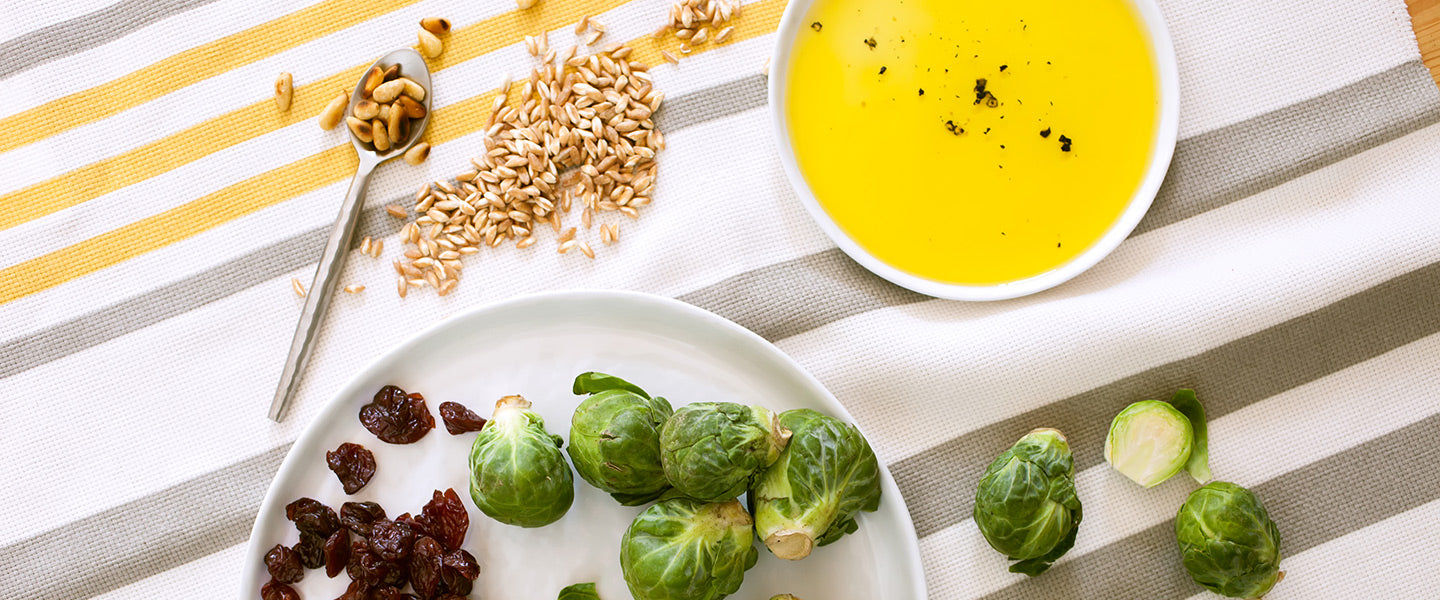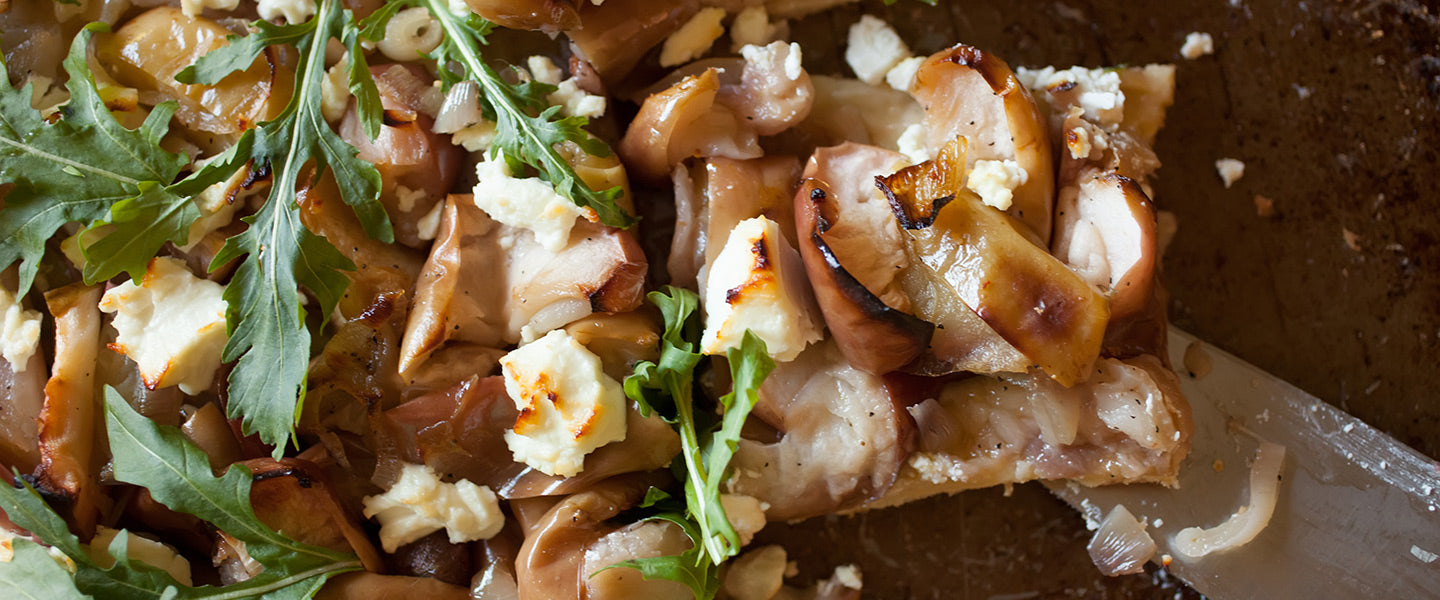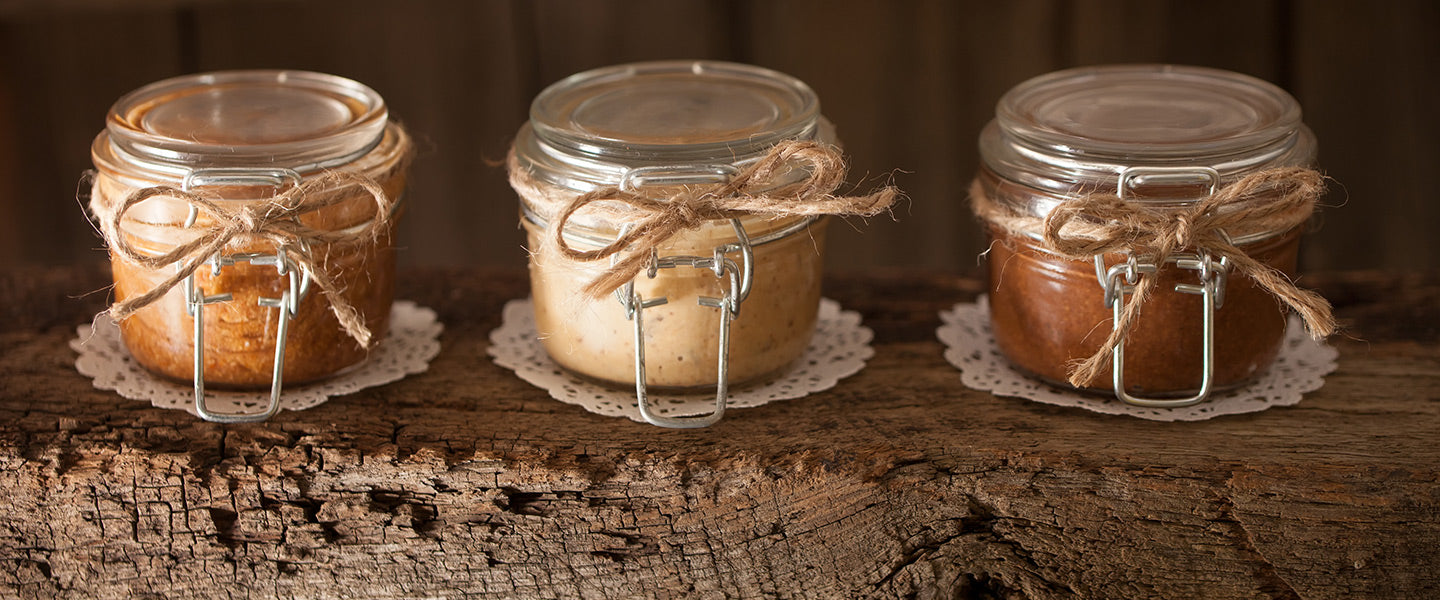- Home
- Our Journal
- About EVOO Cooking With Olive Oil
Cooking With Olive Oil
Posted by Olive Oil Lovers on

The health benefits of olive oil make it an extremely attractive ingredient to use for cooking. Packed with polyphenols, amino acids and healthy monounsaturated fats, olive oil can be a key factor not only in establishing a balanced diet, but also for adding depth and flavor to food.
Most importantly, the main difference between using olive oil as opposed to refined vegetable oils is its aroma and taste. Olive oil is not just a cooking oil; it is an ingredient that can enhance the traditional tastes of the dishes you love. No other oil can match the organoleptic complexity of olive oil, especially considering the multitude of varieties that carry their own unique flavor characteristics.
Whenever we refer to olive oil, we always mean extra virgin. Every producer of the oils we carry has worked for years - in some cases, decades - to manage their crop and produce the highest quality olive oils on the planet. To them and us, it’s not worth it if it’s not extra virgin.
Frying With Olive Oil
Because heat is such an integral part of cooking, yet is also one of the factors that affects the quality of an olive oil, many people assume that applying heat to olive oil in cooking applications, such as shallow and deep frying, stir-frying or sauteing, is a practice that should be avoided.
This is a myth.
Heating an extra virgin olive oil to frying temperature does not hurt or substantially alter the chemical composition of the oil if kept below the smoke point, and is still very good for you due to its polyphenol content and high levels of oleic acid - a very stable compound that does not easily oxidize.
The alternatives - eg. canola, soybean and corn oils - are significantly less stable, contain little or no polyphenols, and can break down into dangerous, toxic by-products at high temperatures due to accelerated oxidation. Olive oil, coconut oil and palm oil are the most stable of all fats when heated.
The smoke point of a true extra virgin olive oil is 410°F, well above the 350-375°F that is required for most frying. If the olive oil is higher in acidity and/or contains impurities (often representative of lower grade, mass produced oils), the smoke point can be reduced by up to 50°F. That's why we recommend that you fry foods with a high-quality olive oil, and avoid mixing it with other types of oils.
Frying often? Consider shopping for high volume bottles and tins.
To properly fry with extra virgin olive oil without destabilization, first heat the oil in a heavy pot or pan to the suggested temperature by using an oil thermometer (sometimes called deep fry thermometer). Starting at the burner’s medium setting will allow you to raise it little-by-little until you achieve the right temperature. Adding the food to the pot or pan after the oil is fully heated will prevent the food from absorbing too much oil and becoming soggy.
Deep Frying tip: Though the added flavor will be best when frying the first time, reusing a large pot of olive oil 4-5 times is still safe and flavorful (and not to mention cost-effective) if doing so within a short timeframe and if properly strained after each use.
Frying with olive oil has been a standard practice in the Mediterranean diet for centuries. Try shallow frying eggs, sliced potatoes or fish in extra virgin olive oil and you will be amazed by the results.
Frying: Recipes
Baking With Olive Oil
When a recipe calls for butter or margarine for frying or sauteing, olive oil makes a great substitute and is widely recognized as a much healthier alternative.
When baking, substituting extra virgin olive oil for butter is also a healthy option and can be surprisingly delicious. Because ingredient measurements are critical when baking, the index below will help you adjust your recipe appropriately.
Index For Substituting Butter / Margarine With Olive Oil
|
All extra virgin olive oils range in strengths of intensity and pungency, so while some varieties work wonderfully with almost anything, others may prove too overpowering. For cakes, cookies and other baked desserts, choose a sweeter, more mild olive oil variety like Arbequina, Peranzana, Mission, Nocellara and the fruity Koroneiki. these varieties are less likely to overpower the flavors of a dessert when compared with more bitter, pungent varieties like Picual, Coratina and Moraiolo.
Baking: Entree & Side Recipes
Baking: Dessert Recipes
Grilling with Olive Oil
When summer hits and the grills come out, so do all the wonderful marinades and sauces that make grilled foods so exceptional. Extra virgin olive oil has endless potential to boost the flavor of grilled foods and can neutralize harmful carcinogenic substances thanks to its high antioxidant levels.
A flavorful EVOO can also replace butter for grilled favorites like corn on the cob, portabella mushrooms, potatoes, onions and shrimp. As previously noted, Peranzana and Arbequina are the most similar olive oil varieties to butter with their sweeter, more delicate flavor profiles.
Grilling: Entree Recipes
How To Use Olive Oil With Food
Look through the slideshow below for lots of yummy ways you can pair olive oil with your food at home.




